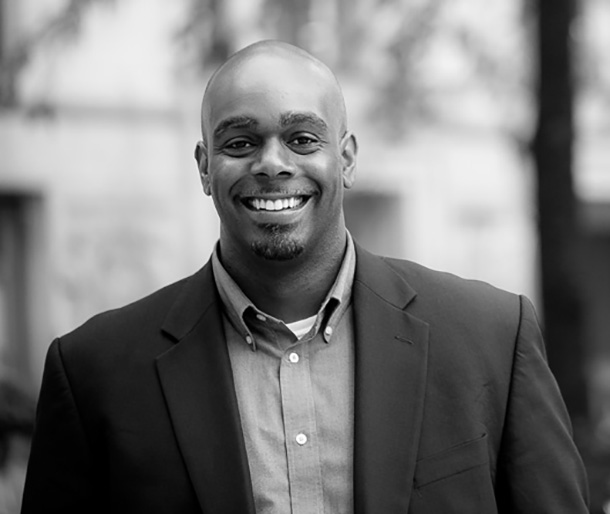By Joshua Sledge, Director, Financial Health Network
After a relaxing Labor Day weekend, I settled back into work last Tuesday morning by scanning for industry news. Everywhere I looked — my Twitter feed, the company Slack channel, Google News — I kept seeing the same article pop up with a thought-provoking headline: “Sex ed is required. Why isn’t financial education?” The article, written by CNNMoney’s Heather Long, advocates for mandatory financial education in schools as a way to address the myriad financial challenges facing American households. This isn’t the first time this argument has been made and I found myself walking away from this article with the same conclusion I’ve had when I’ve heard it before: Financial education is too narrow a solution for the broader problem of poor financial health in America.
Long’s piece highlights some important facts about Americans’ struggles with money. Too few of us have adequate savings to handle small emergencies or ensure a comfortable retirement. Heavy indebtedness remains a problem with student loan debt increasingly becoming a culprit. A 2014 national survey by my organization, the Center for Financial Services Innovation, found that 57% of American households are struggling financially and fall short of our definition of financial health — having daily financial systems that help you build resilience and pursue opportunities.
The trouble comes when Long ascribes these challenges to a lack of financial literacy, pointing to Americans’ poor performance in an international financial literacy survey as evidence of the connection. But when taking a closer look at Americans’ financial struggles, it’s clear that the matter isn’t so simple. For example, Long presents Americans’ shortfall in retirement savings as a consequence of poor decision-making, writing “evidence suggests people aren’t making great choices.” But is the low savings rate really the result of bad “choices” or are stagnant middle-class wages making it harder for people to build a nest egg? How about the fact that only 58% of adults have access to a retirements savings plan through their employer?
The answer is likely “all of the above” and, to be fair, Long does acknowledge that “financial education alone won’t fix all of the problems Americans face.” But by failing to also acknowledge or consider other solutions, the onus of fixing big, systemic financial challenges too easily falls on individual Americans and their lack of financial literacy.
This isn’t to say that financial literacy isn’t important. Long is dead-on when she writes that “the American Dream isn’t possible without understanding how to save, invest and use debt wisely.” A foundation of financial knowledge can give people firm ground to stand on when making financial decisions and we’re learning more and more about how financial education can be structured to maximize its impact. For instance:
- Provide teacher training: As many teachers feel unqualified to meet state financial literacy standards, providing proper training and time for instruction is key to successful education. Teachers can also be encouraged to integrate financial concepts into other subject matter. In particular, people that are better at math are more likely to have positive financial outcomes. Math instruction is a natural opportunity to give students’ practical experience in putting financial concepts to use.
- Give students hands-on experience: Much like you need to actually get behind the wheel to learn how to drive a car, students need opportunities to give financial principles a test drive. A 2014 study found that students that received financial education paired with in-school banking access were more likely to have savings accounts and hold positive attitudes about saving and financial institutions.
- Teach students how to learn more: Just because you learn something in school doesn’t mean you remember it forever. I took eight years of Spanish and can barely speak a word of it today (apologies to all my wonderful teachers). Likewise, even large-scale financial education interventions have negligible effects on a person’s behavior 20 months after they end. Students need to know where they can go for more information when they need it so that the education process continues over their lifetime.
Regardless of how effective it is, we must remember that financial education is only one piece of the puzzle when it comes to improving financial health. Without access to high-quality financial products and services, sufficient income opportunities and sound consumer protections, Americans will continue to come up short, no matter their score on a financial literacy quiz. We certainly can and should empower Americans to make good financial decisions but we can’t lay the burden of the country’s financial health entirely at the feet of the individual. Financial services providers, employers, public institutions and governments all have a role to play; it’s important that we keep our focus broad enough to include them in the search for solutions.
Follow us at: www.finhealthnetwork.org
Twitter | Facebook | LinkedIn | YouTube
Chicago | New York | San Francisco | Washington, DC
By Financial Health Network on September 12, 2016.

